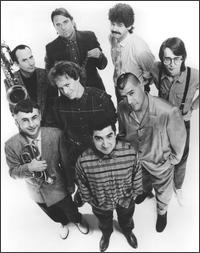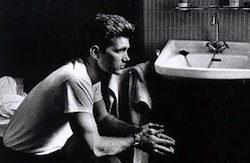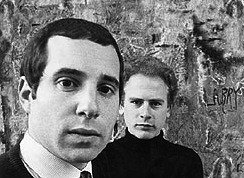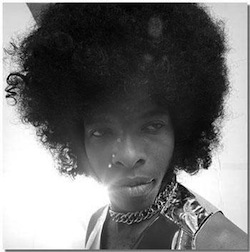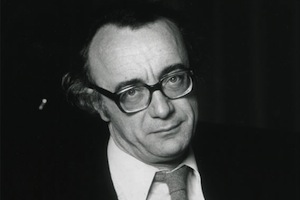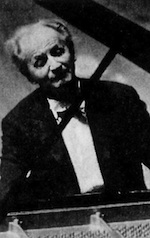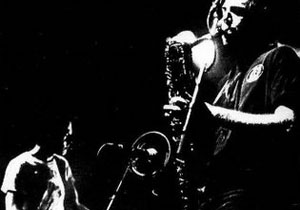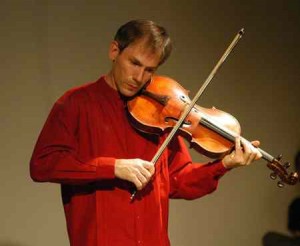I had a small ’79 Honda Accord as a second car in high school (after I rear ended someone with my small little Chevy Sprint). It was an odd little 2 speed automatic but it had a tape deck and I was able to hook an adapter into it to play CDs. The night before a friend was going to head off to the Marines a few of us went out for a little goofing off around Sacramento. I actually can’t really remember what we did that night, except for a drive down a stretch of I-80 while playing Oingo Boingo really loudly. While driving down the freeway, everyone else in the car was bouncing left and right along with ‘No One Lives Forever’ testing out the shocks in the car. We wound up at a Taco Bell in Roseville, played the song even louder and danced around the car. Ah – early summer in the Sacramento area, where it was warm enough at 11pm to be outside in shorts, dancing to Oingo Boingo while waiting for a rather poor excuse for Mexican food.
Oingo Boingo has been a favorite band of mine for a long time. And one of my favorite aspects of the band was the horn section. I think horns in a rock band often makes the difference between good music and great music. During my Berkeley years, my friend Eric and I talked for a couple of years about putting together a band that would try to grab the best elements of Oingo Boingo (ska sound and horns) and start doing classical music covers at local open-mic nights. We pictured a room jumping around to arrangements of Liszt Hungarian Rhapsody #2 and Rhapsody in Blue. Eric figured his Buster Bloodvessel like proportions and my horn arrangements would be enough to start getting us gigs. The trick was finding horn players that could really rock. We lived just north of Oakland (home of Tower Of Power) and couldn’t seem to dig up 4-5 decent horn players wanting to play some rocking classical covers with a big guy in front of them screaming ‘pick it up up!’. I still think something like this would be a lot of fun to do but I also think I wouldn’t have the energy to pull it off. And without Eric, half the gimmick really would be missing.
It has been a few months since I’ve listened to Oingo Boingo though, so I look forward to seeing if Mira and Celia dance around to … hmm… not sure what I can play for them. Celia is paying close attention to words these days.
Maybe Chris Isaak will be a better choice? Not as rocking… certainly, but his Roy Orbison like style is much more family friendly. ‘Heart Shaped World’ and ‘San Francisco Days’ have some good songs, but a number of dogs as well. But ‘The Baja Sessions’ I think is a solid album that escaped the notice of most people. I remember Tamiko and I taking this album on a couple of road trips along the California coast. It was a great soundtrack for lazy days by the ocean. The stripped down feel of the ‘Baja Sessions’ also suited the ‘let’s get away from it all’ feeling that often accompanied these trips. Tamiko and I are needing another trip like that pretty soon – it has been a very hectic few months. Maybe I need to make sure I get Chris Isaak into the glove compartment again.
And Tamiko just reminded me that on one of those trips to the coast we had breakfast a couple of tables away from Chris Isaak… he took off to surf after breakfast, we probably put his disc into the player and kept heading north up Hwy 1.


